Hylaeus
- January 29, 2024
- 0 comment
The Hylaeus, commonly known as the yellow-faced bee, represents a fascinating genus within the bee family Colletidae. This group of bees is notable for its unique physical characteristics and behavioral patterns. In this overview, we’ll delve into the intricacies of the Hylaeus species, shedding light on their physical attributes, social structure, behavioral ecology, and the challenges they face in the modern world.
Physical Characteristics of Hylaeus
The Hylaeus, often recognized as the yellow-faced or masked bee, presents a unique set of physical characteristics that distinguish it within the vast diversity of bee species. Belonging to the family Colletidae, these bees are relatively small and are known for their distinctive facial markings and streamlined bodies. Unlike many of their bee counterparts,
Hylaeus bees do not carry pollen on their hind legs. Instead, they possess a specialized crop in their digestive system to transport pollen and nectar. Their size, form, and foraging behaviors not only reflect their adaptation to specific ecological niches but also contribute significantly to their roles as pollinators within various ecosystems. As we delve into the physical traits of the Hylaeus, we uncover a fascinating narrative of evolutionary adaptation and ecological contribution.
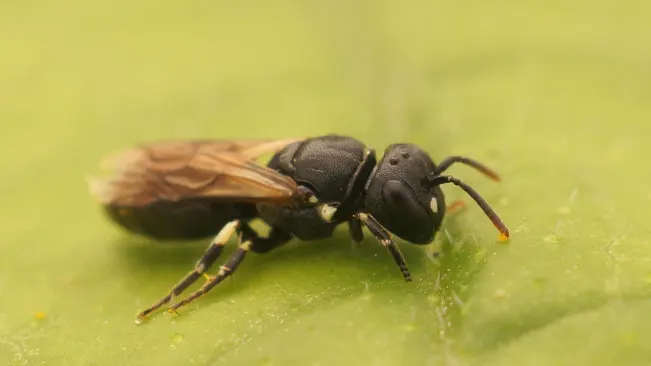
| Characteristics | Description |
| Scientific name | Hylaeus |
| Lifespan | The average lifespan of Hylaeus bees ranges from a few weeks to several months, varying with environmental conditions and species. |
| Habitat | Grasslands, forests, and urban areas. |
| Diet | Nectar and Pollen |
| Size | 4 to 8 mm in length |
| Range | Hylaeus bees are found worldwide, with a notable presence in North America, Europe, and Australia. |
| Behavior | They are solitary bees, with each female constructing her own nest, usually in hollow stems or wood cavities. |
Social Structure
Hylaeus bees exhibit a predominantly solitary lifestyle, which sets them apart from the more commonly known social bee species like honeybees and bumblebees. Each female Hylaeus bee is an autonomous entity, taking on the responsibilities typically divided among various castes in social bee colonies.
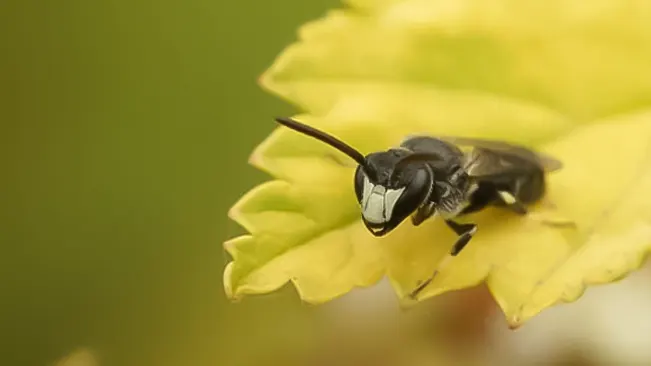
These responsibilities include nest building, foraging, and rearing the young. Despite their solitary nature, Hylaeus bees sometimes nest in close proximity to each other, leading to aggregations that can be mistaken for a form of social structure. However, each bee operates independently within these aggregations.
Behavior and Ecology of Hylaeus
The Hylaeus bees, with their remarkable adaptability, have carved out a vital niche in various ecosystems, serving as pivotal agents of pollination. These bees exhibit intricate foraging behaviors, meticulously collecting nectar and pollen from an extensive array of floral sources.
Unlike many bee species, Hylaeus bees possess a unique adaptation. A specialized crop within their digestive system, allowing efficient transportation of pollen and nectar. This trait, coupled with their modest size, enables them to access and pollinate a myriad of flowers, some of which may be less accessible to larger, more specialized pollinator species.
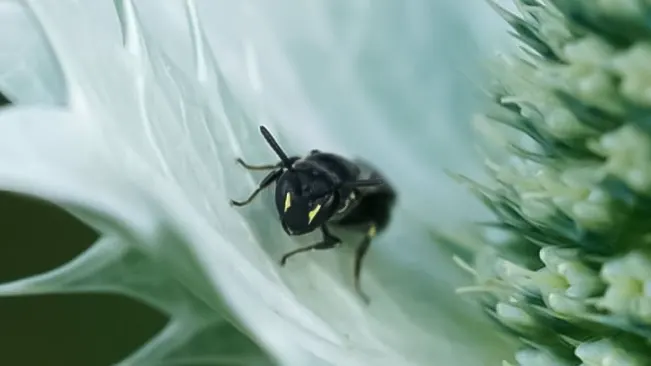
In the grand tapestry of ecology, Hylaeus bees play a multifaceted role. They are not merely pollinators; they are crucial contributors to the maintenance and enhancement of plant genetic diversity and the structural integrity of habitats.
Their foraging activities facilitate cross-pollination, ensuring a rich genetic mix within plant populations, which is essential for the resilience and adaptability of floral species. The very presence of Hylaeus bees in an environment is often a positive signifier of its health and biodiversity. These bees are, therefore, not just participants in their ecosystems but are key indicators and enhancers of ecological richness and balance.
Threats to Survival of Hylaeus
The existence of Hylaeus bees, those unassuming yet vital architects of biodiversity, is under siege from an array of formidable threats. As we encroach upon the natural world, these industrious creatures confront challenges that not only endanger their survival but also threaten the ecological balance they tirelessly uphold.
The Hylaeus bees, in their quiet diligence, contribute profoundly to the pollination of plants, a fundamental process upon which the fabric of life is woven. Yet, their silent service goes unnoticed as they face a gauntlet of adversities, each a symptom of broader environmental issues. Here, we delve into the primary threats that cast a shadow over the future of Hylaeus bees, highlighting the urgency for concerted conservation efforts:
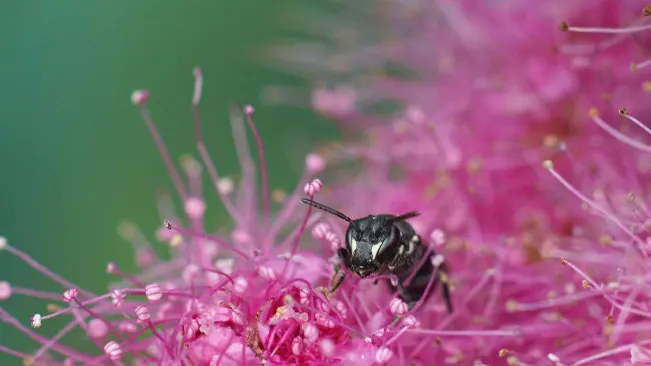
- Habitat Loss: The relentless march of urbanization, the clearing of forests for agriculture, and the general expansion of human activities encroach upon the natural spaces Hylaeus bees call home. This loss of habitat not only strips them of their nesting grounds but also depletes their essential food sources, putting their survival at risk.
- Pesticide Exposure: In our quest for agricultural efficiency and urban convenience, the widespread use of pesticides poses a toxic threat to Hylaeus bees. These chemicals can have dire effects on their health, impairing their ability to forage, navigate, and reproduce, thus threatening the stability of their populations.
- Climate Change: The shifting tapestry of our planet’s climate patterns disrupts the delicate timing between the blooming of plants and the life cycle of Hylaeus bees. This misalignment can lead to a scarcity of food resources when the bees are active and ready to forage, thereby impacting their ability to nourish themselves and their offspring.
- Competition and Predation: The struggle for survival is further intensified by competition from other bee species over limited resources and the threat of predation by specific birds and insects that prey on Hylaeus bees.
Colony Life Cycle of Hylaeus
The life cycle of Hylaeus bees is marked by distinct stages, each playing a vital role in the continuation of the species:
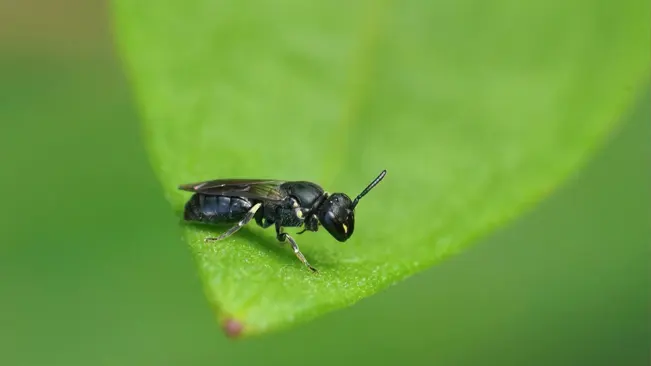
- Mating: The life cycle begins when male and female Hylaeus bees mate after the females emerge from their nests.
- Nesting: After mating, the female searches for a suitable nesting site, often in hollow stems or pre-existing cavities in wood.
- Provisioning: The female collects pollen and nectar, creating a provision mass within each cell of the nest.
- Egg Laying: The female lays a single egg on the provision mass in each cell and seals it, ensuring the safety and food supply for the developing larva.
- Development: The egg hatches into a larva, which consumes the provision mass before transitioning into the pupal stage.
- Emergence: After the pupal stage, the adult bee emerges, ready to begin the cycle anew.
Flight Season
The flight season of Hylaeus bees, which refers to the period when the bees are most active and visible, primarily foraging and mating, varies based on geographic location, climate, and specific species characteristics. However, some general patterns can be observed:
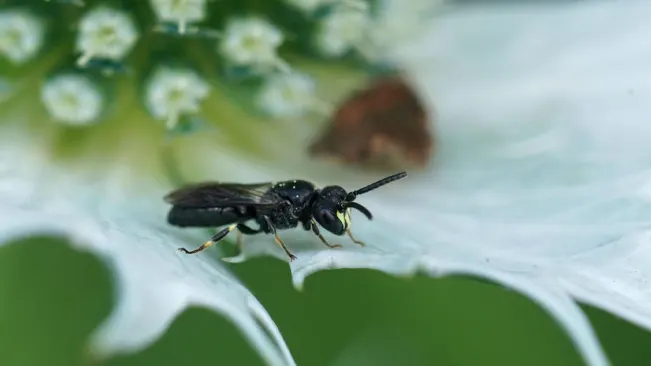
- Temperate Regions: In temperate climates, Hylaeus bees are generally active during the warmer months. Their flight season typically starts in late spring and extends through the summer, sometimes lasting until early autumn. The peak of their activity is often during the summer months when floral resources are most abundant.
- Tropical and Subtropical Regions: In tropical and subtropical areas, the flight season of Hylaeus bees may not be as strictly defined, as warmer temperatures and floral resources can be available year-round. However, even in these regions, there may be peaks of activity corresponding to the blooming periods of local flora.
- Species-Specific Variations: Different species of Hylaeus bees may have slightly different flight seasons, even within the same geographical area. These variations are often adaptations to the specific flowering times of the plants they pollinate.
- Impact of Climate and Weather: The onset, duration, and intensity of the flight season can be influenced by specific weather patterns and climatic conditions each year. Unusually cold, hot, or wet conditions can shift the timing of the flight season and affect the activity levels of the bees.
Conclusion
The Hylaeus bees, with their distinct attributes and inherently solitary behavior, stand as critical pillars within their ecosystems. These bees are not mere inhabitants of their environments but are active participants and contributors to the intricate web of life. Their foraging patterns, pollination activities, and nesting behaviors are integral to the perpetuation and flourishing of biodiversity. Recognizing the significance of Hylaeus bees underscores the necessity of comprehensive efforts aimed at understanding their life patterns, ecological roles, and the pressures they confront. By delving into the world of Hylaeus bees, appreciating their uniqueness, and acknowledging the challenges they face, we can pave the way for informed conservation strategies. These strategies will not only safeguard these remarkable pollinators but also preserve the rich tapestry of life that they help sustain.
Frequently Asked Questions (FAQs)
- What do Hylaeus bees eat?
Hylaeus bees feed on nectar and pollen from flowers. - How long do Hylaeus bees live?
Their lifespan ranges from a few weeks to several months, depending on environmental conditions and species. - Where do Hylaeus bees live?
They inhabit a variety of environments, including grasslands, forests, and urban areas. - Are Hylaeus bees solitary?
Yes, Hylaeus bees are solitary, with each female building and provisioning her own nest. - What are the main threats to Hylaeus bees?
The main threats include habitat loss, pesticide exposure, and climate change. - How do Hylaeus bees contribute to the ecosystem?
They are important pollinators, contributing to plant reproduction and biodiversity. - What is the size of Hylaeus bees?
They are small bees, typically between 4 to 8 mm in length. - How do Hylaeus bees reproduce?
After mating, the female constructs a nest, collects food provisions, lays an egg on the provision mass, and seals the cell. The larva develops within the cell. - Do Hylaeus bees have a queen?
No, Hylaeus bees do not have a queen. Each female is independent and performs all necessary tasks for reproduction. - How can we protect Hylaeus bees?
Protecting their habitats, reducing pesticide use, and supporting conservation efforts are key to protecting Hylaeus bees.



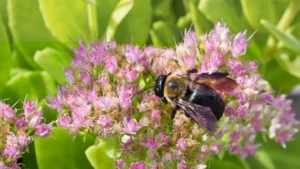
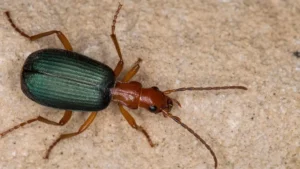
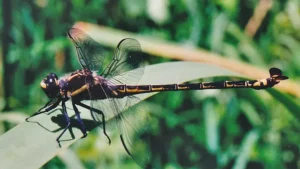
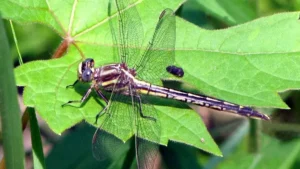


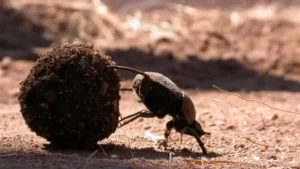
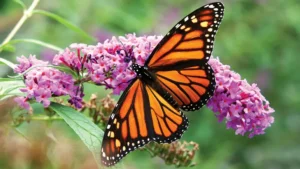


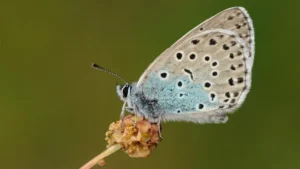
Leave your comment